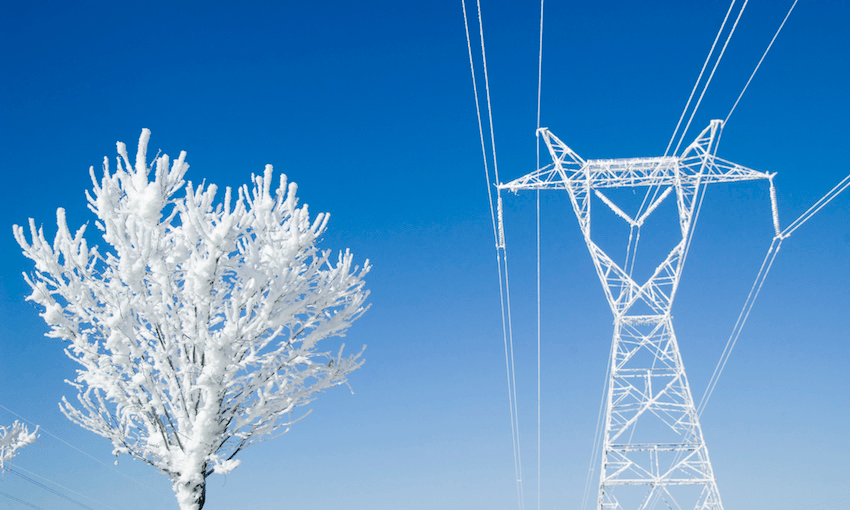OPINION: In the first part of a series by our partners at Flick Electric Co to help you make better electricity choices, Flick’s Nikki Cockburn explains what spot pricing is and how it impacts your power bill.
For years, electricity has been a boring but necessary bill, a way to keep your water warm and your TV on. But with most of us forking out for power every single day, there’s a need for more knowledge of how electricity actually works.
By lifting the lid on the electricity industry, this series will help you make choices that are good for you, good for the planet and good for your wallet. It’s all about giving you the facts, so you can hold the power to make informed choices.
To kick things off, some clarity on spot pricing and the wholesale market. What is spot pricing? How does it affect you? And how can we use it to bring down our electricity bill?
So, what is ‘spot pricing’?
Here in New Zealand, we have five main electricity generators – Meridian, Contact, Mercury, Genesis and TrustPower, plus a couple of smaller generators too. Between them, they produce electricity from different sources, like thermal, gas and coal, renewable hydro and wind, and they all use the wholesale market to sell it. Power retailers then sell that electricity on to Kiwi households and businesses.
The ‘spot price’ is the price of electricity on the wholesale market, and it changes every half hour. And now, thanks to a few new retailers like Flick, you can pay spot prices for your power too.
What influences the half hour price?
In a nutshell, it comes down to supply (how much electricity is being generated) and demand (how much electricity is being used). When the supply of electricity is comfortably able to meet demand, spot prices are lower. As demand increases, like at 7am when everyone gets up to shower and cook breakfast, spot prices tend to increase too.
But other factors contribute, like the type of generation available. Renewable electricity, like hydro and wind, are cheaper than their fossil fuel counterparts like coal – fancy that! So, if dirtier sources of electricity are in the mix, the spot price tends to be higher. Problems with the infrastructure that moves electricity around the country can also affect price – a lines failure, for example, affects supply.
So, there are trends then?
Absolutely. Spot prices reflect the daily and seasonal changes in supply and demand. We tend to use more electricity first thing in the morning and again in the early evening when everyone flocks home (known as ‘peak’ times), which generally pushes up spot prices. The bulk of the day and most of the night, from late evening through the wee hours, (the off-peak hours) tends to give us our sweet, low prices.
We use more power during winter to light and heat our homes, again affecting the supply/demand ratio. However, a plentiful supply of renewable generation over the colder months (wind and rain!) can also mean an abundance of cheaper electricity supply, so although there’s an increase in demand for power over winter, the additional supply of cheap generation can do a lot to keep prices low.
Next, in the series, we’ll compare spot pricing with fixed-rate pricing, to help you make a call on what price plan is best for you and your wallet.
This content was created in paid partnership with Flick Electric. Learn more about our partnerships here.

